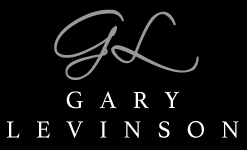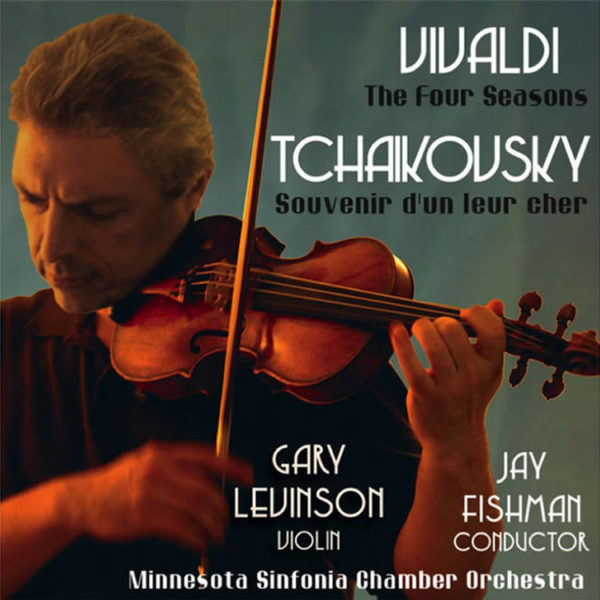Two masterpieces designed as programmatic sets
The Vivaldi Four Seasons beloved for almost 300 years and the Memories of a Dear Place, Tchaikovsky’s calling card to his patroness – Nadezhda von Meck.
The triptych of pieces that comprise the Souvenir not only have a multiple level meaning to me as I heard them growing up in my native Russia, but about the circumstances that led to their composition. As a child, they were presented to me as gems of Tchaikovsky’s bon bon style, a thank you note for a two-week stay at the estate of the composer’s patroness, Nadezhda von Meck. The latter is true, but the inimitable Soviet propaganda machine neglected to point out the relationship between von Meck and Tchaikovsky was fraught with problems. Per von Meck, her support of Tchaikovsky was predicated upon the two never meeting in person; their relationship was to be via letters only. Tchaikovsky could never communicate to her (or anyone else for that matter) his insecurity not just with his music, but also with his entrapment in the 19th century Tsarist society, the most obvious symptom of which was his homosexuality and the incompatibility of the people around Tchaikovsky to deal with it. Forced into a marriage with a former student, Antonina Miliukova in July 1877, he almost immediately realized the error of the union and unsuccessfully tried to relate that to his wife. That tactic proved a resounding failure, and the works such as the Symphony No. 4 and the Souvenir, written in 1877-78 bely a sense of foreboding doom.
In sculpting an interpretation for this set, I wanted to focus less on the alleged failures in Tchaikovsky’s life in 1878 and more on the mood the works created. Thus, the Meditation is a brooding journey of personal angst and hope, rather than the simplistic, commonly held belief that it is just the discarded second movement of the Violin Concerto. Yes, it didn’t fit the concerto, but it is a masterful narrative that constructs a picture of a composer who is questioning all that he is about.
The Scherzo and Melodie each attempt to put the listener in the place the titles suggest. Yet they don’t get there and I don’t think that is unintentional. The middle section of the Scherzo is tinged with sadness that is not just a contrast to its moto perpetuo character. And the Melodie is more than just Tchaikovsky’s take on a song without words; it is a study in a mood trying to break away from melancholy that is pressing upon the composer. Ending with a simple arpeggio, we are left with a question whether the desire to conquer the melancholy triumphs over the tragic place that was Tchaikovsky’s life in 1878.
Vivaldi Four Seasons
Spring
The main gestures in the first movement are about joyous nature of Spring . They are punctuated by interplay by the solo and two solo ripieno violins depicting birds frolicking and playing together. The famous slow movement with the barking of the dog in the background frames the pastoral night scene. In the final movement Vivaldi’s talent for compositional balance is on display. The pastoral bagpipes happily live alongside the cadential writing for the solo violin and continuo.
Summer
The outer movements intersperse the operatic statements of fatigue and beating sunshine and storms. It is still a thrill to experience how much drama three instruments are able to deliver in the framework of the Baroque language.
Autumn
The more rustic joy of the peasants in this concerto is a contrast to Spring. Opening statement by the solo violin in thirds has the character of country music for the common man. Love of wine permeates this movement. The slow movement is a series of slow chord progressions without a solo line per se. It is a hypnotic magical world of drunken slumber and unique to these four concerti. The last movement is a hunting scene complete with dogs, hunting horn calls and pyrotechnics.
Winter
Perhaps the most dramatic in terms of pure architecture, the scene is set in the first movement of this concerto of a frozen field unprotected from the whims of nature. Frenzied passagework invokes the feelings of frigid winds, treacherous ice and power of unbridled winter storms. Slow movement is a contrast to the first as an aria depicting the comfort of home. The gentle pizzicato of the strings remind us of the brewing storm outside; it feels like one has “made it” home from a tough journey. The finale is a brooding, searching narrative, alternating the soli and ripieno, ending with a virtuosic flourish.



